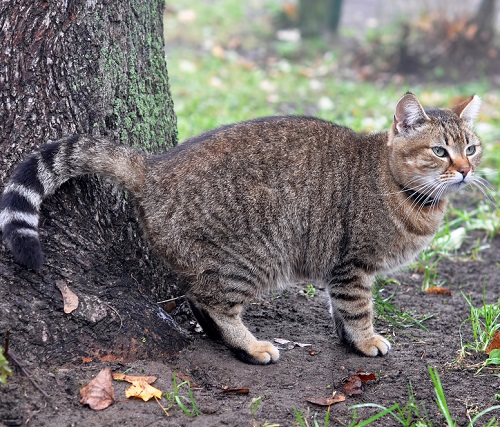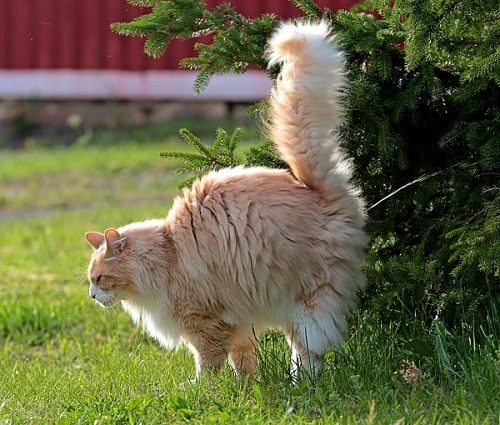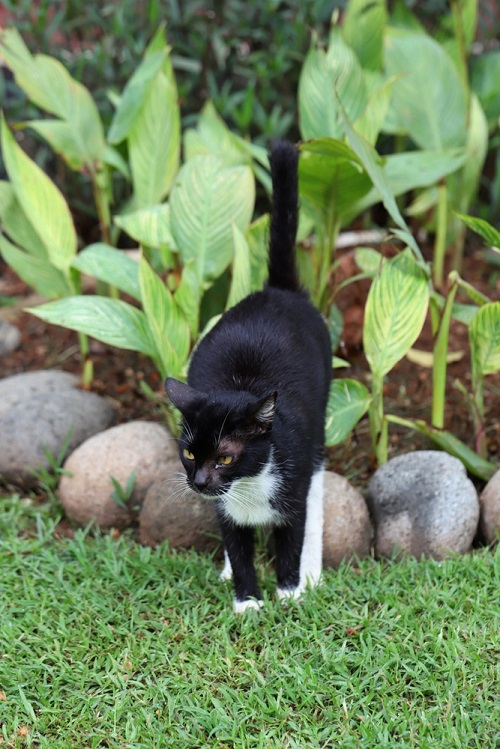Do Cats Pee To Mark Territory? Learn the answer and some tips on how to address this issue effectively below!
Marking territory is a common behavior in many animal species, and cats are no exception. But Do Cats Pee To Mark Territory? And if so, what triggers this instinctual behavior? Let’s find out below!
Learn Why Cats Bring Their Kittens here
Do Cats Have Territories?
Cats are notorious for their territorial instincts. They have a natural inclination to establish and defend their own territories, which can range from small areas within a household to larger outdoor territories. By creating these territorial boundaries, felines assert their ownership and communicate with other kitties, establishing a sense of security and dominance.
Do Cats Pee To Mark Territory?

Urine marking is a common behavior among cats, especially unneutered males, but it can also be exhibited by females. When kitties urinate to mark territory, they typically spray small amounts of urine on vertical surfaces such as walls, furniture, or doorways. The urine contains pheromones that serve as scent markers, conveying important information about the cat’s presence and identity to other cats. By marking their territory with urine, cats establish boundaries, communicate their dominance, and advertise their availability for mating.
Why Do Cats Mark Territory With Pee?

Cats mark their territory with pee for several reasons:
- Communication: Urine contains pheromones, which are chemical signals that cats use to communicate with each other.
- Territory Establishment: By marking their territory with urine, kitties establish boundaries and assert ownership over a particular space. This behavior helps them create a sense of security and control in their environment.
- Dominance and Hierarchy: Urine marking can also serve as a way for cats to establish dominance or hierarchies within a multi-cat household or outdoor territory. Higher-ranking felines may mark more frequently and in prominent locations to assert their authority.
- Reproductive Signaling: Unneutered males and females in heat are more likely to engage in urine marking as a way to advertise their availability for mating. The scent of their urine attracts potential mates and signals their reproductive readiness.
- Stress and Anxiety: In some cases, felines also mark their territory as a response to stress, anxiety, or changes in their environment. This behavior can be triggered by factors such as the presence of unfamiliar animals or a new household member.
- Marking Overlapping Territories: Kitties also mark their territory with urine when their territory overlaps with another cat’s territory. This can serve as a way to define the boundaries between their territories and minimize potential conflicts.
What To Do If Your Cat is Marking Territory?

If your cat is marking territory and you want to address the behavior, here are some steps you can take:
- Spay or Neuter: If your cat is not already spayed or neutered, consider having the procedure done. Spaying or neutering can reduce or eliminate marking behaviors, especially in unneutered males.
- Clean Affected Areas: Thoroughly clean any areas that have been marked with an enzymatic cleaner to eliminate urine odor. This removes the scent and discourages repeated marking in the same spot.
- Provide Multiple Litter Boxes: Ensure that you have an adequate number of clean litter boxes available for your cat. The general guideline is to have one litter box per kitty plus an extra one. Place the litter boxes in different locations to offer choices and prevent territorial conflicts.
- Litter Box Accessibility: Make sure the litter box is easily accessible and located in a quiet, low-traffic area. Cats prefer privacy when using the litter box, so ensure it’s in a calm and comfortable location.
- Use Positive Reinforcement: Reward your kitty for using the litter box appropriately by offering treats, praise, or playtime.
- Reduce Stress: Minimize stressors in your cat’s environment, such as introducing new pets or making changes to their territory. Provide ample environmental enrichment, such as toys, scratching posts, and perches, to alleviate boredom.
- Consult with a Veterinarian: If the marking behavior persists or is accompanied by other concerning symptoms, consult with a veterinarian.
Different Ways Cats Mark Their Territories
There are multiple ways felines let other cats know their territories. The following are a few of them:
- Urine Marking: Cats use urine to mark their territory. They spray vertical surfaces, such as walls or furniture, with urine to feel their presence to other cats.
- Scratching: Felines have scent glands in their paws, and scratching serves as both a form of exercise and a way to mark territory. By scratching on surfaces, cats leave both visual and olfactory cues to assert ownership.
- Vocalization: Cats may use vocalizations like meowing, growling, or hissing to communicate territorial boundaries. These sounds serve as warnings to potential intruders or as a way to establish dominance in their territory.
- Territory Patrol: They actively patrol and monitor their territories, regularly checking for any signs of intrusion. Cats do so by walking along perimeters, investigating scents, and keeping a vigilant eye on their surroundings.
- Object Placement: Kitties strategically place objects, such as toys or personal belongings, in specific areas to mark their territory. This behavior helps them establish a sense of ownership and familiarity within their space.
Do Cats Pee To Mark Territory? Quick Takeaways!
- Cats have a natural inclination to establish and defend their own territories.
- Felines mark their territories in various ways, including urine marking, scratching, vocalization, territory patrol, and object placement.
- Both male and female kitties can mark territory with urine.
- Cats mark territory with pee for communication, establishing boundaries, dominance, reproductive signaling, stress or anxiety, and marking overlapping territories.
- Steps to address marking behavior include spaying/neutering, cleaning affected areas, providing multiple litter boxes, and ensuring litter box accessibility.



